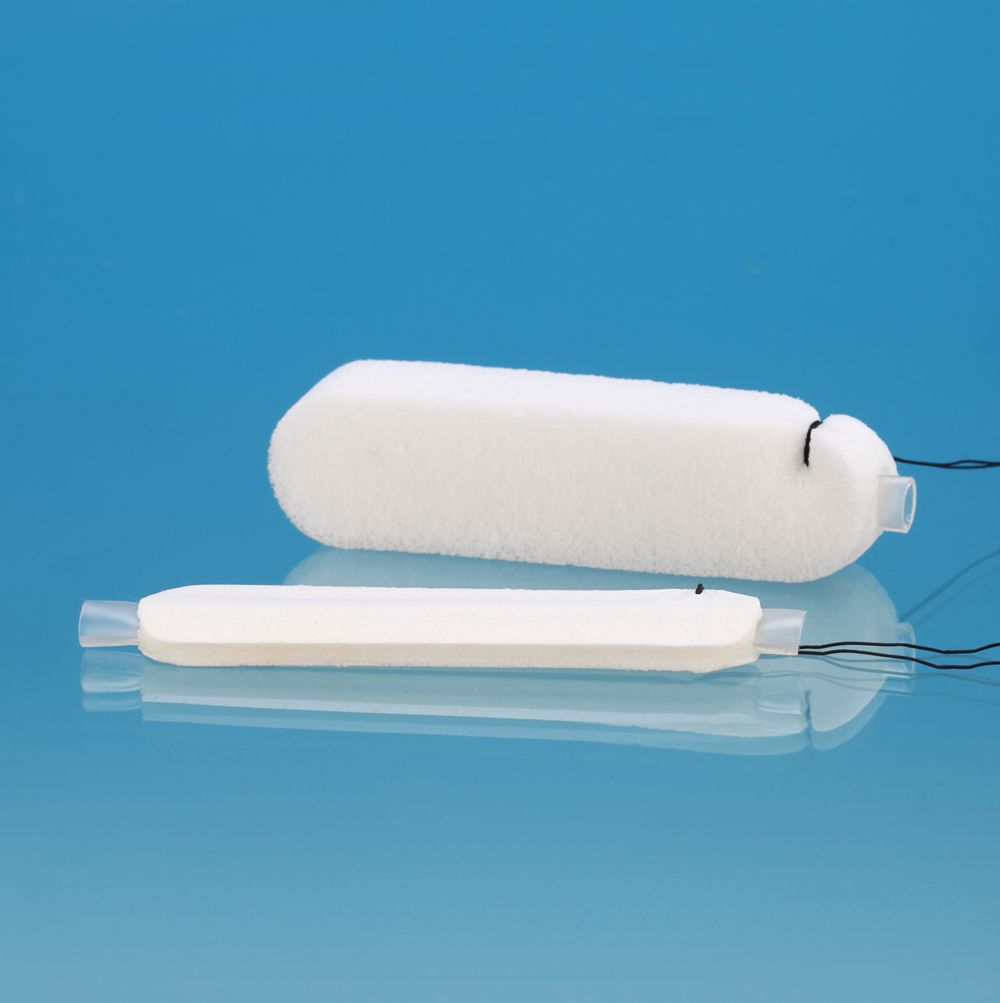What is a nasal tampon?
Rhinoplasty is performed to improve the appearance of the nose, in such a way that the appearance of the nose is more in harmony with other components of the face and its function is maintained or better than before. In the past, one of the downsides of rhinoplasty has been the uncomfortable healing process.
In order to control the side effects of surgery, the surgeon uses a well-known method called “nasal dressing”. Although nasal dressings were unpleasant in appearance, they were considered common after rhinoplasty, whether the surgery was performed for cosmetic purposes or for the purpose of improving function and relieving nasal obstruction.
Nasal tampons were used to support nasal septum, control bleeding, and absorb nasal secretions after rhinoplasty, and the patient had to cope with a nasal dressing to achieve the desired result.

Types of nasal tampons
One type is sterile gauze or a piece of cotton wool that is compressed and inserted into the nasal cavity. Or it is pre-designed in the form of foam, gas or cotton, which enters the nose directly after removing it from the package.
Some types have an appendix or thread that stays on the outside of the nose and can be used to change or replace the tampon. It may also have a tube in the middle so that air can pass through it easily.
Are tampons used in modern surgical procedures?
In the past, tampons were used to shape and keep the middle blade of the nose straight and also to prevent bleeding after surgery.
The tampons pressed the blade in the middle of the nose, keeping the nose blade straight and not bleeding. But with the advancement of rhinoplasty techniques, we do not need to use tampons today after surgery. And the middle blade of the nose is smoothed out, and the accuracy of sewing the mucous membranes of the middle blade of the nose is higher and the possibility of bleeding is greatly reduced.
This is done with the help of delicate sutures inside the nose that are absorbed by the patient without discomfort. Nasal fins are also treated with radiofrequency ablation or minimally invasive procedures, which will prevent bleeding.
With the help of modern surgical methods, tampons are used in less than 5% of surgical cases today. In fact, it is only used in cases where severe nasal surgery or a large volume of the nose is involved, such as correcting the deviation of the nasal septum.

Is a nasal tampon painful for the patient?
Large dressings called nasal tampons (wicks, mesh, filters), which were previously used to repair internal incisions in the nose, were difficult for the patient to bear, and it was painful and uncomfortable to remove. Fortunately, with the new surgical techniques, there is no need to put on a wick.
What are the side effects of nasal tampon removal?
The most common complication of nasal tampon removal is the reduction of pressure on the repairing tissue, resulting in the onset of bleeding. And in people who have difficulty breathing through the mouth (the elderly), it causes a lack of oxygen supply. In some cases, there is a possibility of infection.












